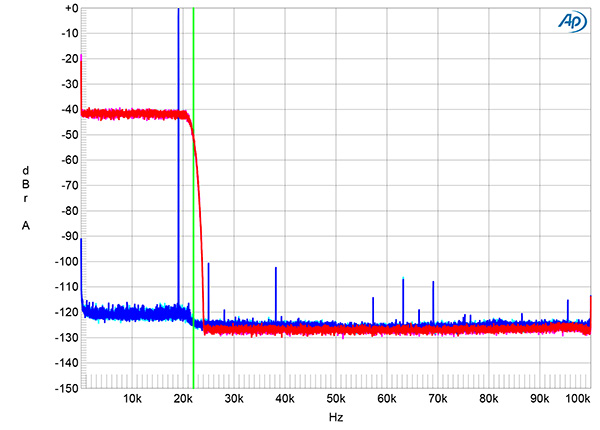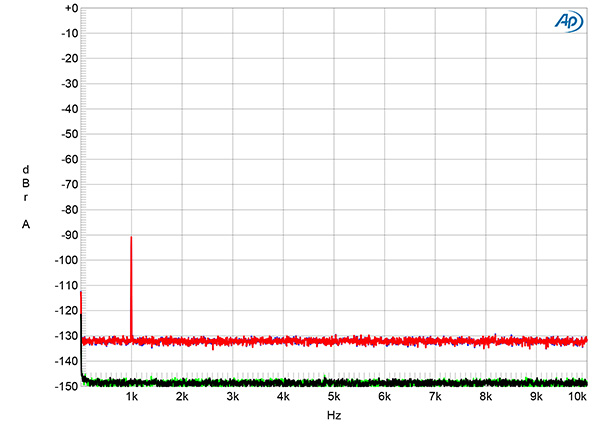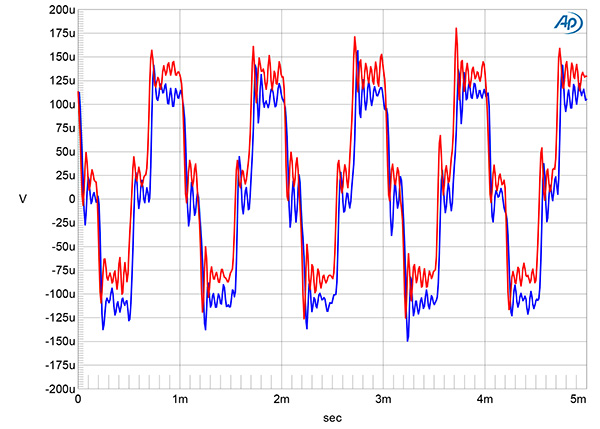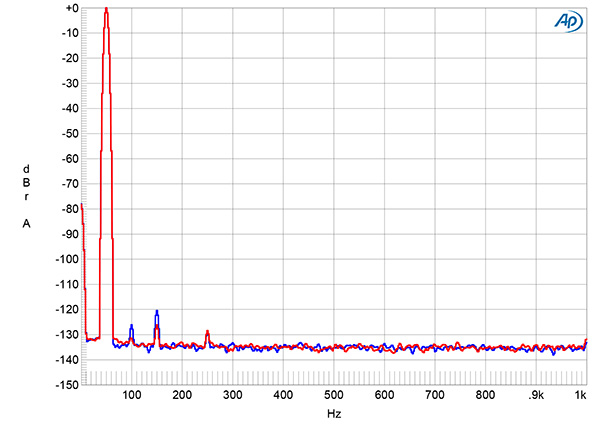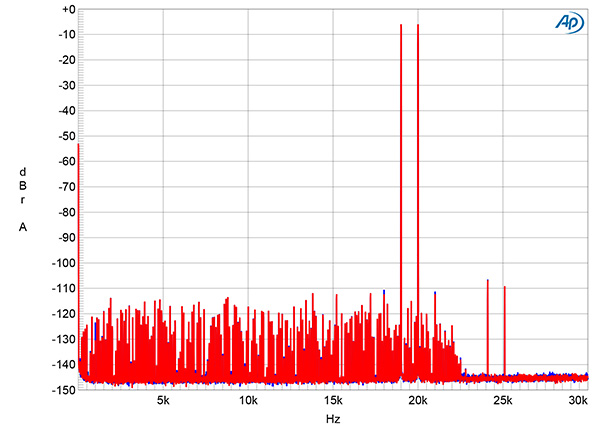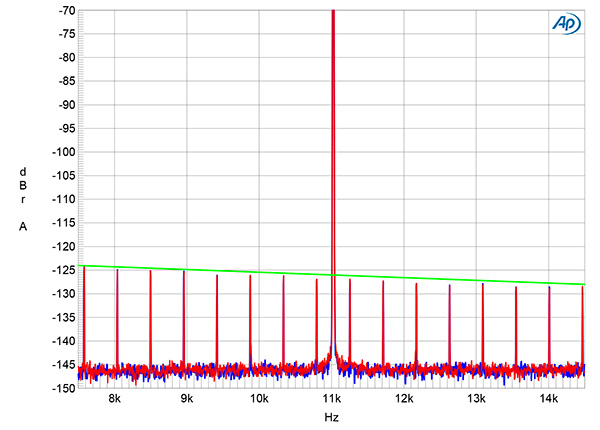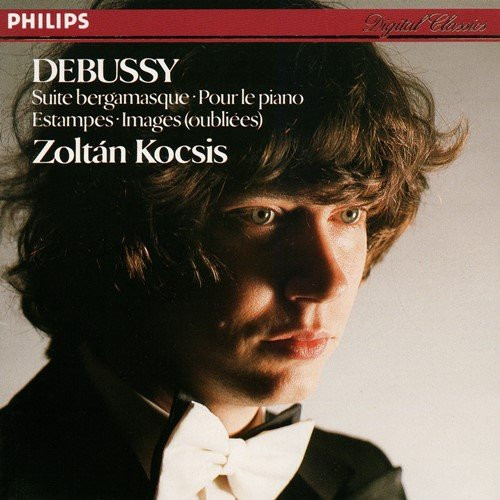| Columns Retired Columns & Blogs |
The Hegel Viking appears to be a fine choice for one's last CD player. I opted for a Bryston BCD-3 a couple of years ago for the same purpose. If I were in the market again, the Luxman D-03X would get serious consideration, as it could prove the perfect match to my Luxman integrated amplifier.
To respond to the "Why bother?" question: I still have some quite rare CDs that are central to my enjoyment of music. The CDs sound very, very good through my particular system. That's enough to justify the choice to me, though clearly your mileage may vary.
I'm not opposed to streaming, though I have not approached streaming in a high-end fashion. So far I've been happy with the SiriusXM app on my iPad, which surprised me by offering Pandora radio channels. So, I can set the app to the Pandora channel for Bill Evans and let it go for hours at a time. It's clearly not a high-definition stream, but it often sounds remarkably good through a T+A Elektroakustic Cala CDR. That T+A unit boggles me as an example of how good a contemporary all-in-one can sound. But that's another story to post to a different article.
Cheers and happy holidays to all!


